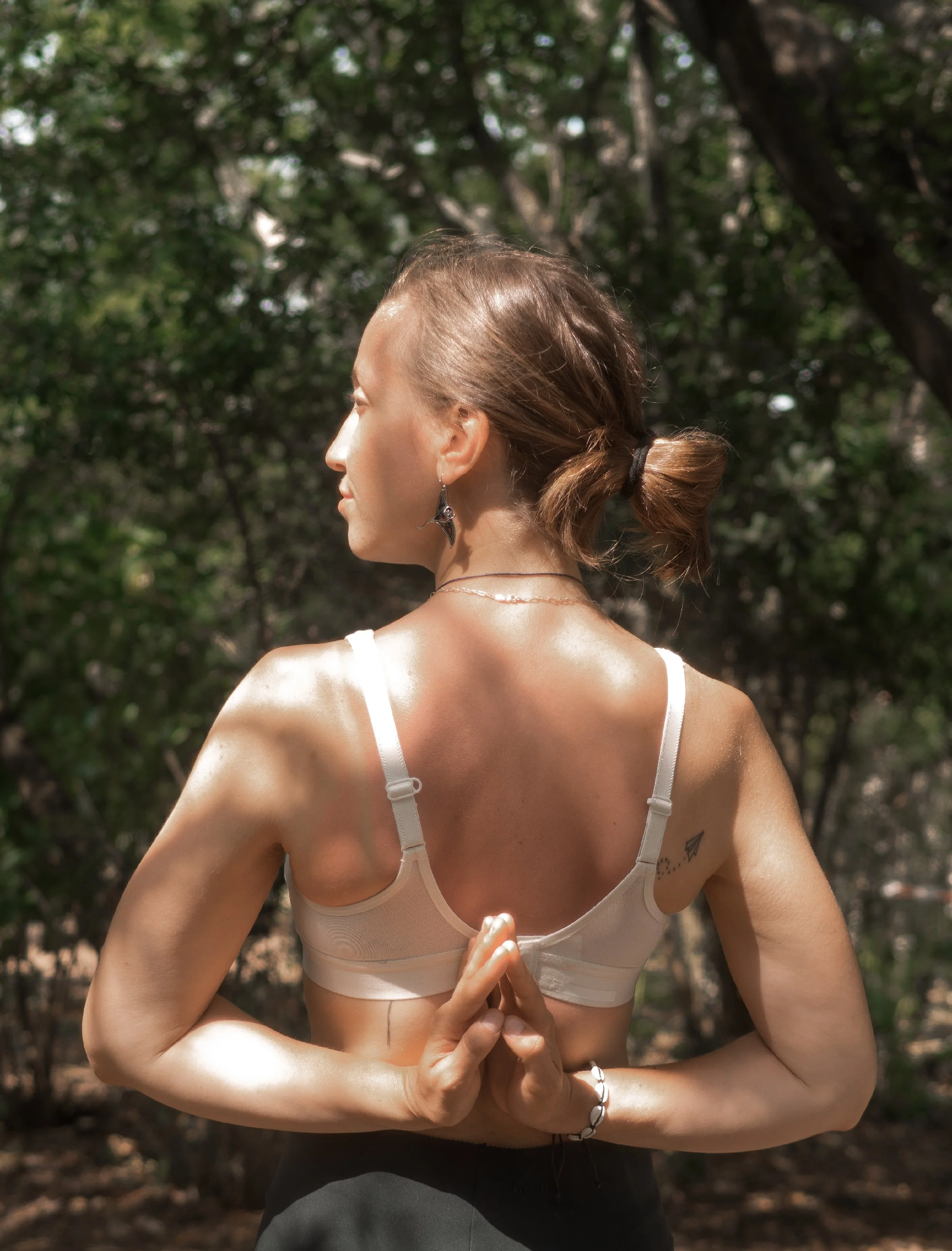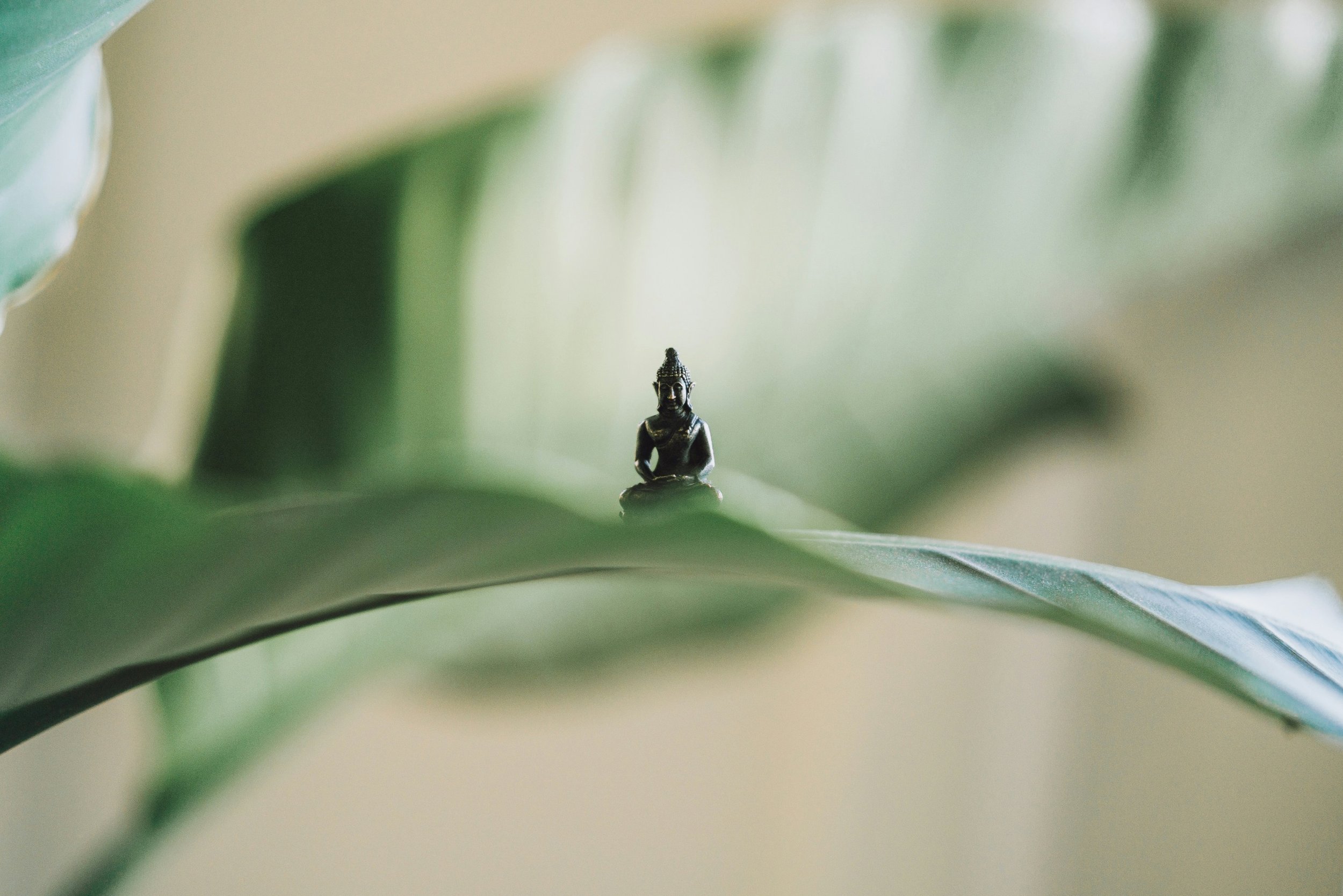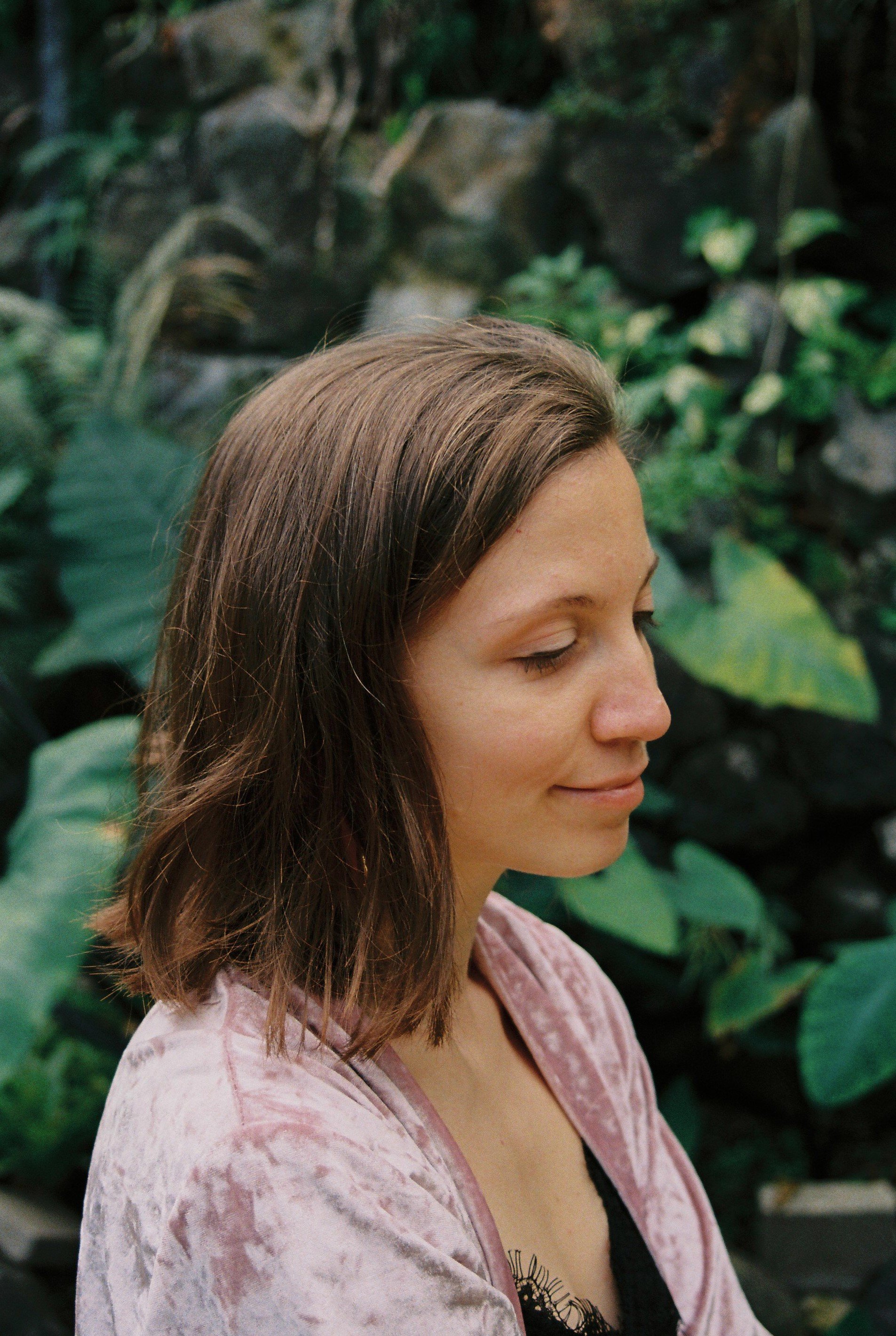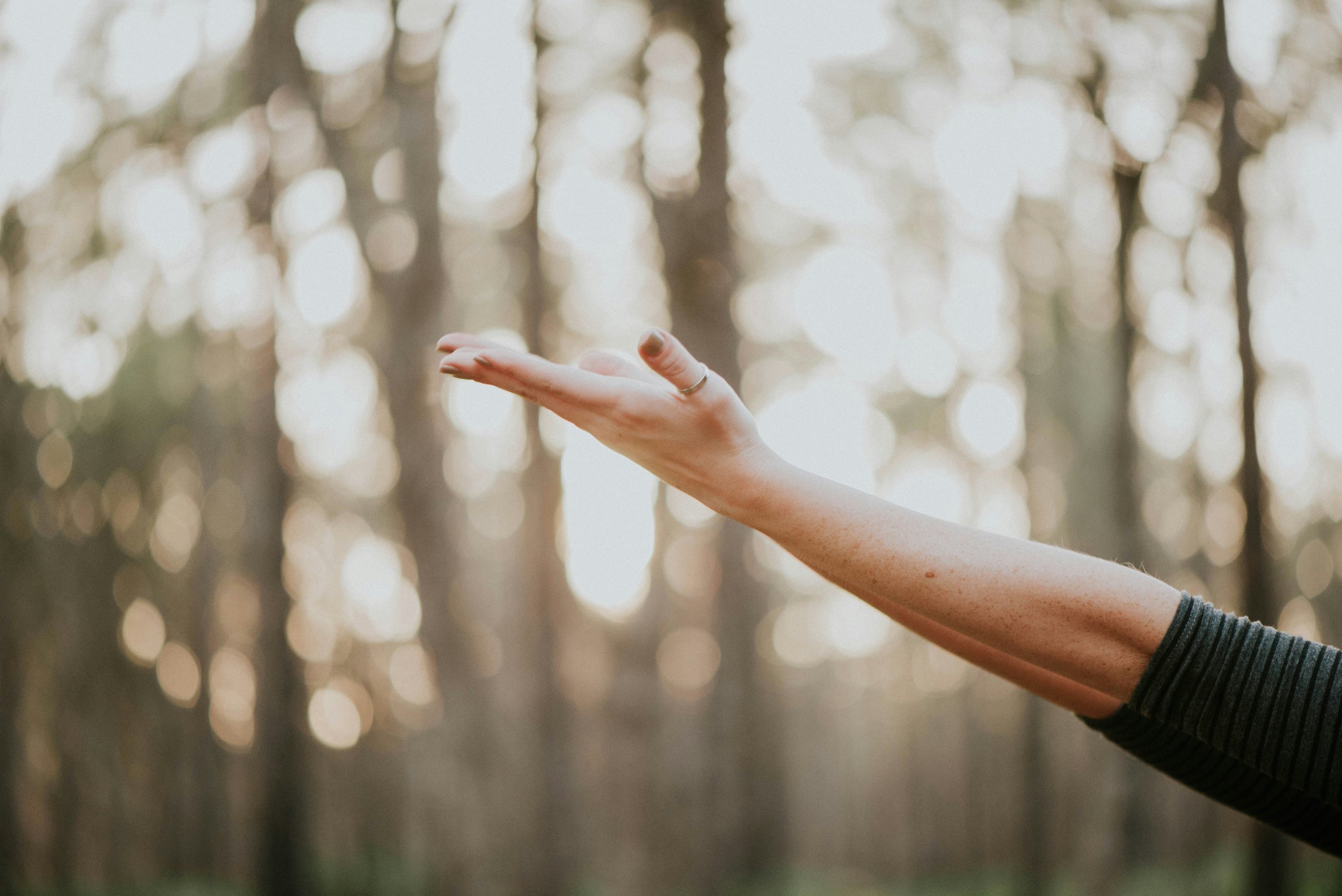
Yin Yoga and TCM: Summer season- meridians and postures
In Yin Yoga, summer's association with the Fire element and its related Heart and Small Intestine meridians can be addressed through poses that open the chest and heart and promote grounding, such as Thread the Needle, Twisted Child’s Pose, Open and Closed Heart, Banana or Crescent Moon pose and Melting Heart. These poses, when held for extended durations can help with improving digestion and calming the fire of the heart.

Yoga and shadow work
The deeper we go into all the layers of a Yoga journey, the more we are bound to be confronted with both our light and shadow aspects of ourselves, a true rollercoaster of inner experiences. Like the relation between Yin and Yang, light and shadow, day and night, so our relation to life and Yoga can change or incorporate a duality, between idealization and disillusionment.

Where do we store tension in the body
More than just excessive physical exercise or bad posture, negative emotional experiences can also impact several areas of the body and cause muscular tension. Recognizing the connection between emotional and physical health is the first step toward releasing stress and achieving greater well-being in both body and mind.
But where do we usually store tension in the body and which areas are more common to experience tightness, tension and discomfort and why?

Yin Yoga and TCM: Spring season- main element, organs and emotions
In Traditional Chinese Medicine, Spring is a season of rebirth and growth, a season everyone is longing and waiting for, after the heavy depth and coldness of winter. However, it is also a season of transitions and changes, which bring a lot of instability and uncertainty that require a sudden adaptation and flexibility. By understanding the qualities of Spring and following TCM’s recommendations for a harmonious life, we can tap into the season’s energy and wisdom to enhance physical, emotional, and spiritual well-being.

Yin Yoga and TCM: Spring season- meridians and postures
Our Western way of living, full of overstimulation can impact in a negative way the Qi/energy of both the liver and the gallbladder. When the liver and the gallbladder are imbalanced, one might experience high levels of stress, frustration, anger. Balancing the liver and gallbladder Qi can help cultivate calm, patience, a greater ability to deal with the day-to-day stress and to express oneself more freely and creatively.

Yin Yoga and TCM: Autumn season- meridians and postures
Autumn season represents the transition between Yang and Yin, from the expansive and solar energy of summer, to the more introspective and slow one of autumn and later winter. Summer energy might be the best season to juggle many things at the same time, but Autumn is definitely the time to harvest the fruits of our actions and also narrow our focus to one thing at a time, finding a balance between doing and resting.

Tension vs Compression in YOGA
Yoga is teaching us to practice ahimsa (non-violence) in our practice, to meet tension with kindness, respect the capacity of our bones, and help find our own intention (optimal health) and personal alignment by shaping the poses into our bodies and not the other way round.

Why Yoga is not always the answer
It could be that the reason for learning Yoga, like being able to touch our toes for example, grows to be completely different in a few months or years; just like we evolve constantly, so is Yoga and what Yoga was for me yesterday, might not mean the same today. Improvement is not always a straight line or clearly defined; often, the smaller, more subtle things are the real clues of our development or progress, maybe the quality of our breath, the posture of our backs or the capacity to listen more.

The REBOUND feeling in YIN YOGA - what it is and how we can experience it
This sensation in the body of both fragility yet flowing energy is often referred to as the rebound effect or the echo of the pose, a bridge between poses that carries forward their resonance and that can last from one minute to as long as it feels good.

Strength vs. Softness in Asana practice
Just like life itself, our Yoga practice is also a game of balancing strength and softness, pushing forward and letting go. I often see it as an invitation to welcome both of these states and not resisting to any of them.

Yielding in Yoga practice
When we yield, we are adaptable in our bodies, thoughts and speech: firm but able to bend without breaking. We respond adequately to any situation, be it in our everyday life or in a Yoga practice.
Subscribe to my newsletter